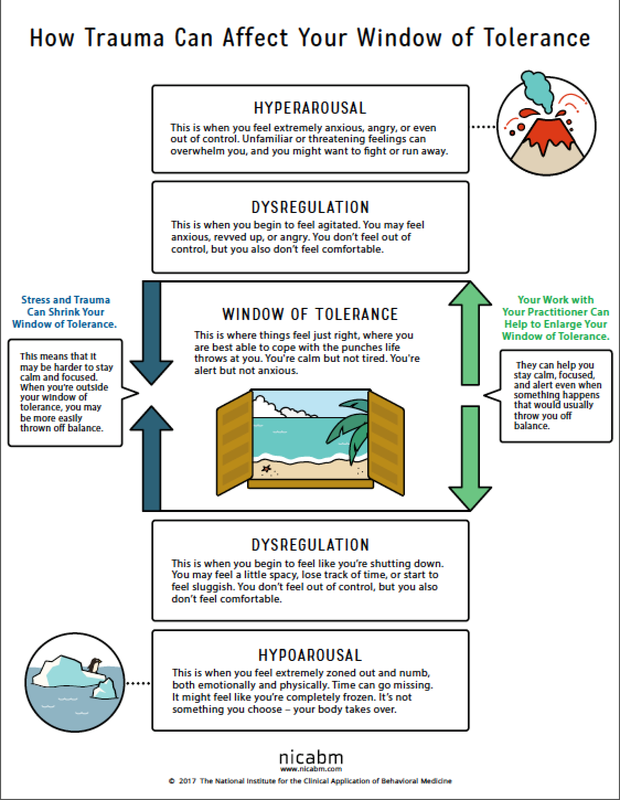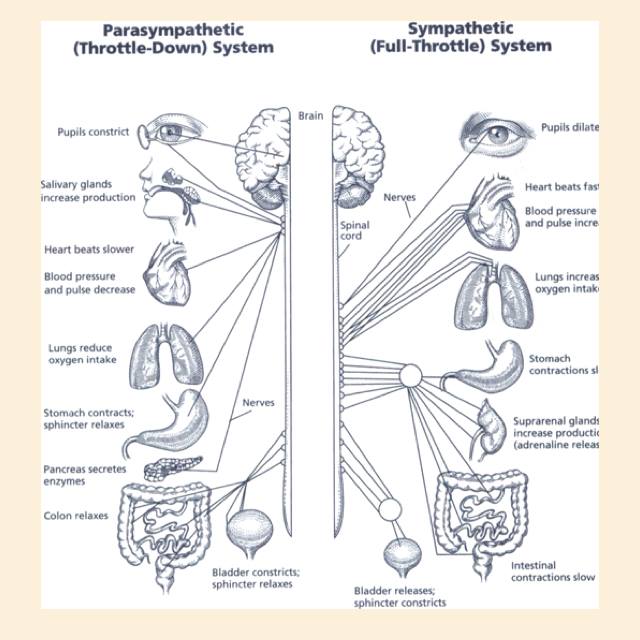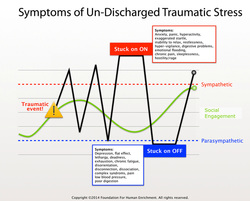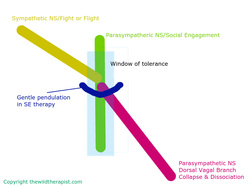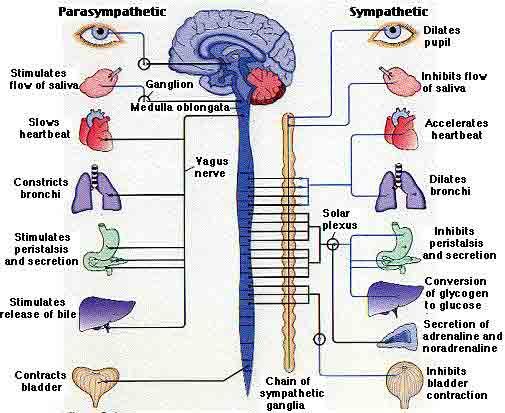Somatic Psychotherapy with Margaret Howard
|
In therapy we notice thoughts, emotions, and body sensations, understanding them all as important aspects of the human experience. My way of working is an adaptation of Somatic Experiencing.
Many people report that they hit a wall in Cognitive Behavioral Therapy* (CBT), even with a very good therapist with whom they enjoy working. This may be because there are pieces of what we've all been through that simply cannot be resolved by talking and adjusting our thoughts, nor exposing ourselves to the traumatic experience through talking about it and "learning" to "choose" to become calm. That's because there is part of the response to the experience that is not within conscious control. It's in the autonomic nervous system, like heartbeat and digestion. And to heal that part, we have to work with it, and that work is in the body. Similarly, many people report that their post-trauma or anxiety symptoms get worse at some point in Prolonged Exposure Therapy, which is a commonly used method that requires telling the traumatic story over and over again as a form of desensitization. As the great trauma researcher and humanitarian Bessel Van der Kolk has said, desensitization is not healing. In somatic, EMDR, and Depth therapy we do not ask anyone to tell the story over and over again. We know how to work in ways that are meant to cause as little distress as possible. Of course, sometimes therapy can be hard work. But we work very hard to avoid it being retraumatizing. Somatic psychotherapy does not require talking about the traumatic experience(s). In fact, it's not even necessary to remember the trauma, since somatic psychotherapy works with what is held in the body, as felt in the here and now. There is a "mindfulness" component to somatic psychotherapy that fits very well with the Buddhist and Advitic mindfulness training I had before training in SE, in that we practice noticing what's present in the body, letting go of attachment to the thoughts, and being present in the moment. However, it is very important that I make clear that part of this work is understanding that the body, even the present moment can be a frightening place those of us with trauma (even if we don't remember it), and I meet each person where they are at, right now. At first, being present may be a simple as noticing the room. There is no right or wrong in this work, and each person begins where they are at on each day they arrive. We will progress as we go, at your pace. A short explanation of SOMATIC EXPERIENCING (SE) "SOMATIC EXPERIENCING (SE) is a potent psychobiological method for resolving trauma symptoms and relieving chronic stress. It is the life’s work of Dr. Peter A. Levine, resulting from his multidisciplinary study of stress physiology, psychology, ethology, biology, neuroscience, indigenous healing practices, and medical biophysics, together with over 45 years of successful clinical application. The SE approach releases traumatic shock, which is key to transforming PTSD and the wounds of emotional and early developmental attachment trauma. SE facilitates the completion of self-protective motor responses and the release of thwarted survival energy bound in the body, thus addressing the root cause of trauma symptoms. This is approached by gently guiding clients to develop increasing tolerance for difficult bodily sensations and suppressed emotions. SE does not require the traumatized person to re-tell or re-live the traumatic event. Instead, it offers the opportunity to engage, complete, and resolve—in a slow and supported way—the body’s instinctual fight, flight, freeze, and collapse responses. Individuals locked in anxiety or rage then relax into a growing sense of peace and safety. Those stuck in depression gradually find their feelings of hopelessness and numbness transformed into empowerment, triumph, and mastery. SE catalyzes corrective bodily experiences that contradict those of fear and helplessness. This resets the nervous system, restores inner balance, enhances resilience to stress, and increases people’s vitality, equanimity, and capacity to actively engage in life." ~ From traumahealing.org A couple of notes: I have completed one year of SE training. I do not use touch in my practice. |
This image shows the three basic modes of our ANS function:
Social Engagement SNS arousal (fight or flight) PNS arousal (collapse, dissociation, acute depressive states) (click on this image to enlarge it) Gentle healing, building capacity,
|
This website uses marketing and tracking technologies. Opting out of this will opt you out of all cookies, except for those needed to run the website. Note that some products may not work as well without tracking cookies.
Opt Out of CookiesI'd Love to Have You Visit Soon!
|
HOURS:
Tues, Weds, Thurs 1pm to 5pm |
Existing client messaging: https://margaret-howard.clientsecure.me
Email: margaretlcsw@protonmail.com Phone: 618-221-5255 |
